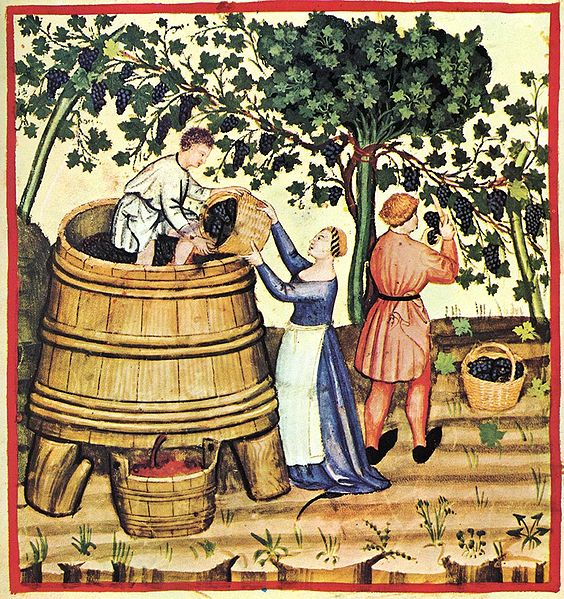How to Make Red Wine
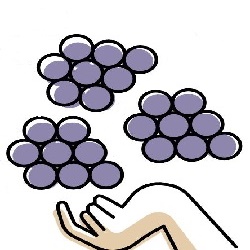
| HarvestingBlack grapes are harvested and sorted. |
CrushingAfter harvesting, the grapes are crushed to release the must. | |
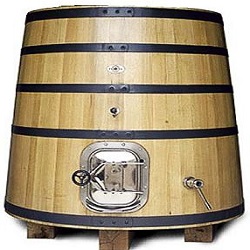
| FermentationYeasts transform the grape juice into wine (sugar into alcohol). |
PressingPressing separates the juice from the skin, seeds, and stems. | |
MaturationMaturation refers to the time after fermentation. | |
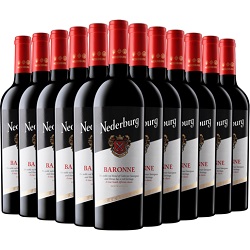
| AgingAging refers to the changes in wine after bottling. |
How to Make White Wine

| HarvestingWhite grapes are harvested and sorted. |
CrushingHarvested grapes are crushed to release the must. | |
PressingPressing separates the juice from the skins, seeds, and stems. | |
FermentationYeasts transform grape juice into wine (sugar into alcohol). | |
MaturationMaturation refers to the time after fermentation. | |
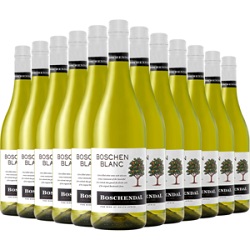
| AgingAging refers to the changes in wine after bottling. |
How to Make Rosé Wine

| HarvestingBlack grapes are harvested and sorted. |
CrushingHarvested grapes are crushed to release the must. | |
MacerationA short maceration with the skins creates a pink juice. | |
PressingPressing separates the juice from the skins, seeds, and stems. | |
FermentationYeasts transform the juice into wine (sugar into alcohol). | |
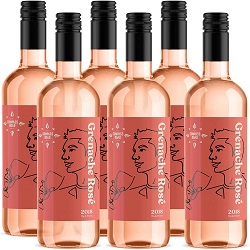
| BottlingAfter the fermentation, the rosé wine is bottled. |
Vinification
Harvesting
The first step to produce a good wine, is to harvest the best grapes.
Red wines are made from black grapes. White wines are made from white grapes.
The best quality wines are produced from hand-picked grapes.
Sorting
After harvesting, grape clusters are sorted for quality.
Unripe, diseased, and damaged grapes, bugs and leaves are removed.

Sorting grapes before crushing
Crushing
After sorting, the grapes are crushed to release the must.
Must is the crushed grape juice that contains flesh, skins, seeds, and stems.
Modern crushing machines are calibrated not to crush the seeds full of bitter tannins.
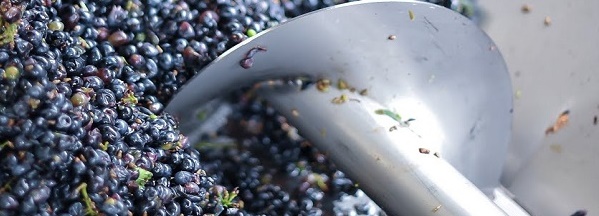
Grapes are crushed to release the must
"Vinum mustum"="Young wine"
Maceration
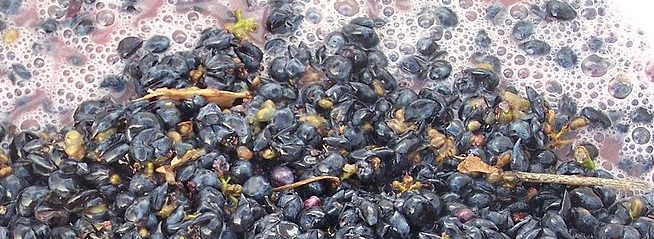
Cabernet Sauvignon must interacting with the skin during maceration.
During maceration, tannins, colors, and flavors are extracted from the skins.
This is never done for white wines.
This is the how rosé wines gets the taste and color.
This is sometimes done for red wines to extract more flavors, tannins and color.
Pressing
Pressing separates the wine juice from the flesh, skins, seeds, and stems. Pressing is alo called separation.
Red wines are pressed after fermentation.
White wines are pressed before fermentation.

Alcoholic Fermentation
Alcoholic fermentation transforms grape juice into wine.
Yeasts transform the sugar in the juice into alcohol (and CO2).
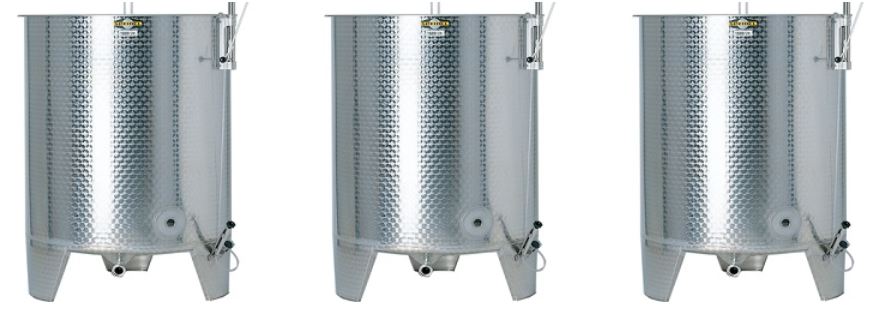
Juice + Yeast = Alcohol + CO2
Maturation
Maturation is typical for red wines and untypical for white wines.
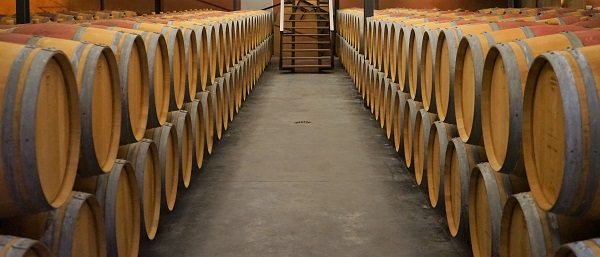
Maturation is the period after Fermentation and before Bottling
Aging
Aging refers to the changes in wine after bottling.
Aging is more typical for red wines than for white wines.
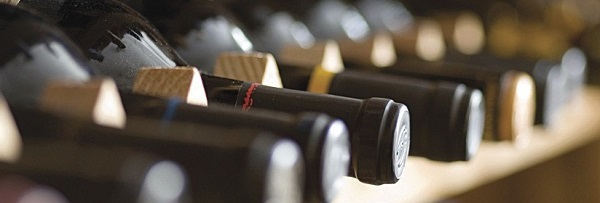
Aging can improve the quality of wine
